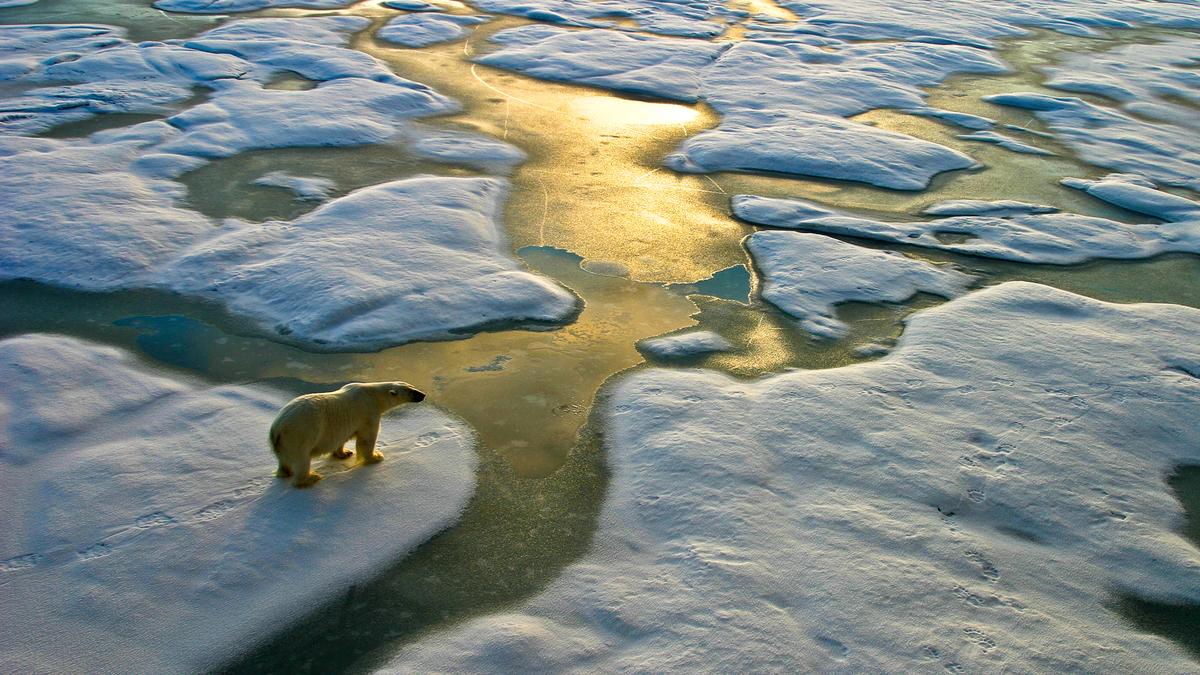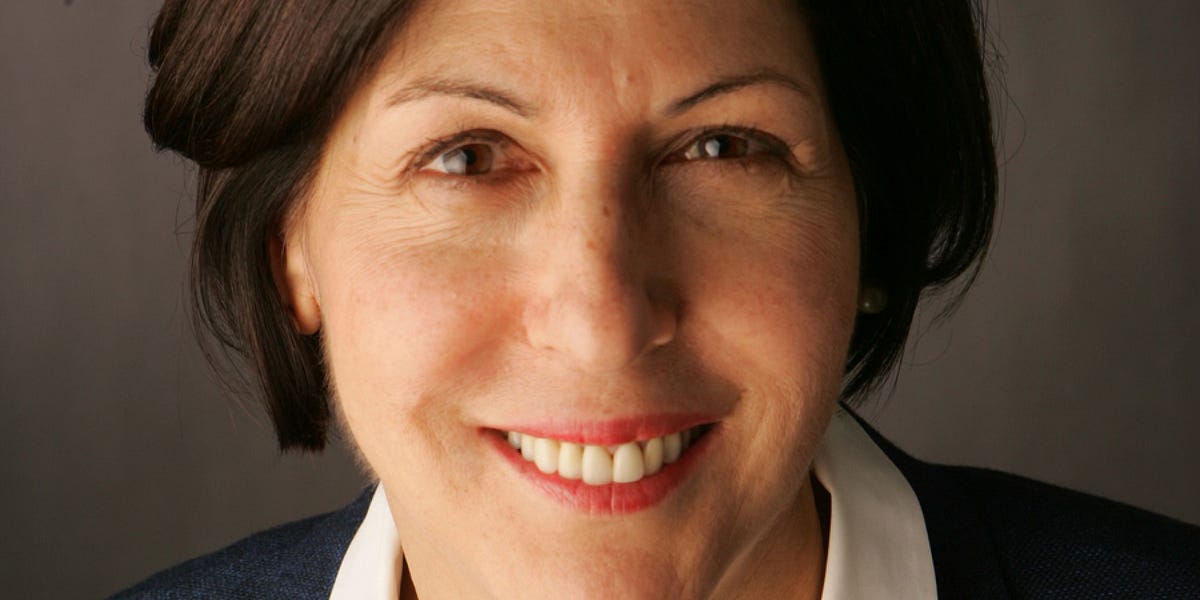This summer, scientists in Antarctica noted a rise of 38.5 degrees Celsius above seasonal average. Climate experts say temperatures are moving into uncharted territory. It feels as if the world has crossed a tipping point.
Hannah Ritchie’s Not the End of the World comes with a message of hope based on data: that it may still be possible to achieve a sustainable planet. Hannah Ritchie is a member of the young generation she speaks for. At Oxford University, she is lead researcher at Our World in Data, an initiative to compile long-term evidence about the world’s most critical problems.
First, how the world has done so far on other critical challenges? Rather well, actually — as Swedish public health expert Hans Rosling showed: reducing child mortality, maternal mortality, and extreme poverty; improving education; and increasing life expectancy.
And yet much more needs to be done. Every effort, collective or individual, seems too little, too late. Ritchie quotes researcher Max Roser: “The world is much better; the world is still awful; the world can do so much better.”
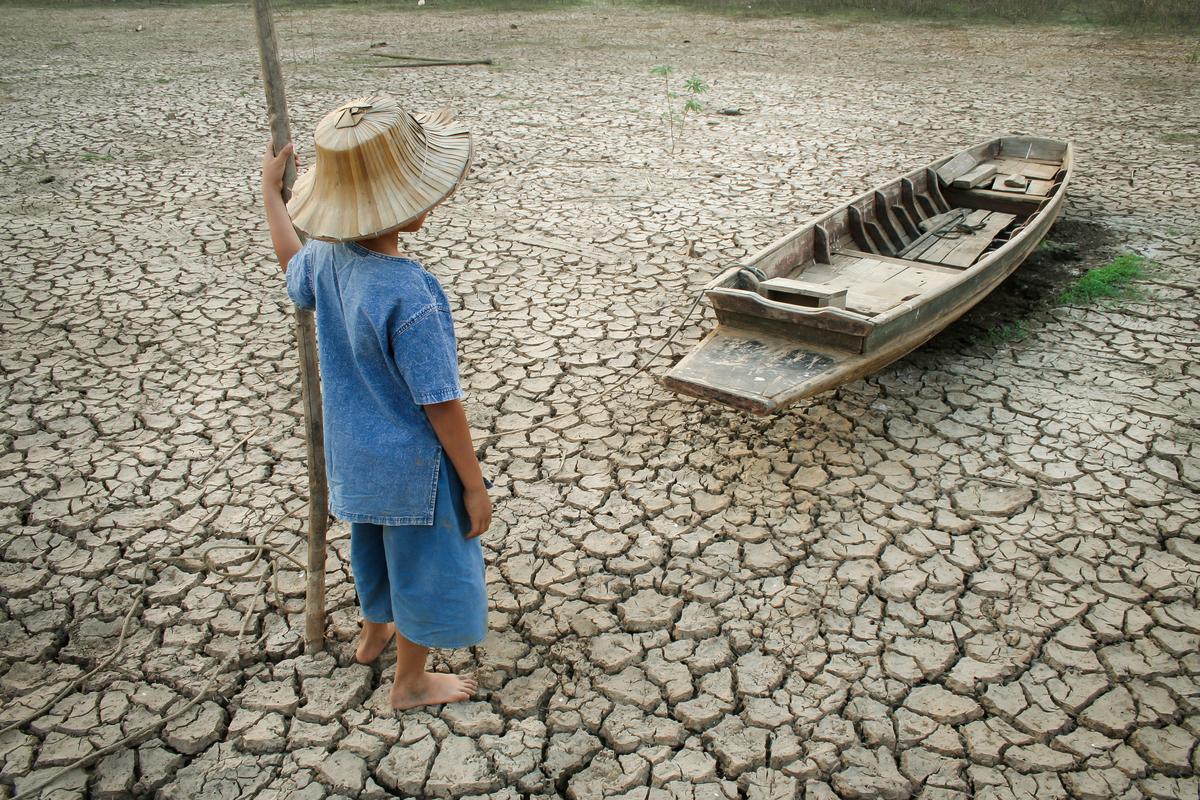
A parched earth
| Photo Credit:
Getty Images/iStockphoto
The balancing act
Ritchie is not a climate denier. It is now established that human emissions of greenhouse gases are causing climate change. Drought, floods, and “extreme weather events” are now uncomfortably frequent in many parts of the world.
However, we need constructive action to plan for the future even after the 1.5 degree threshold. Policy, action, and cooperation can limit rising temperatures. The real question is whether, while doing so, the world can also reduce poverty, create resilience, and build adaptation.
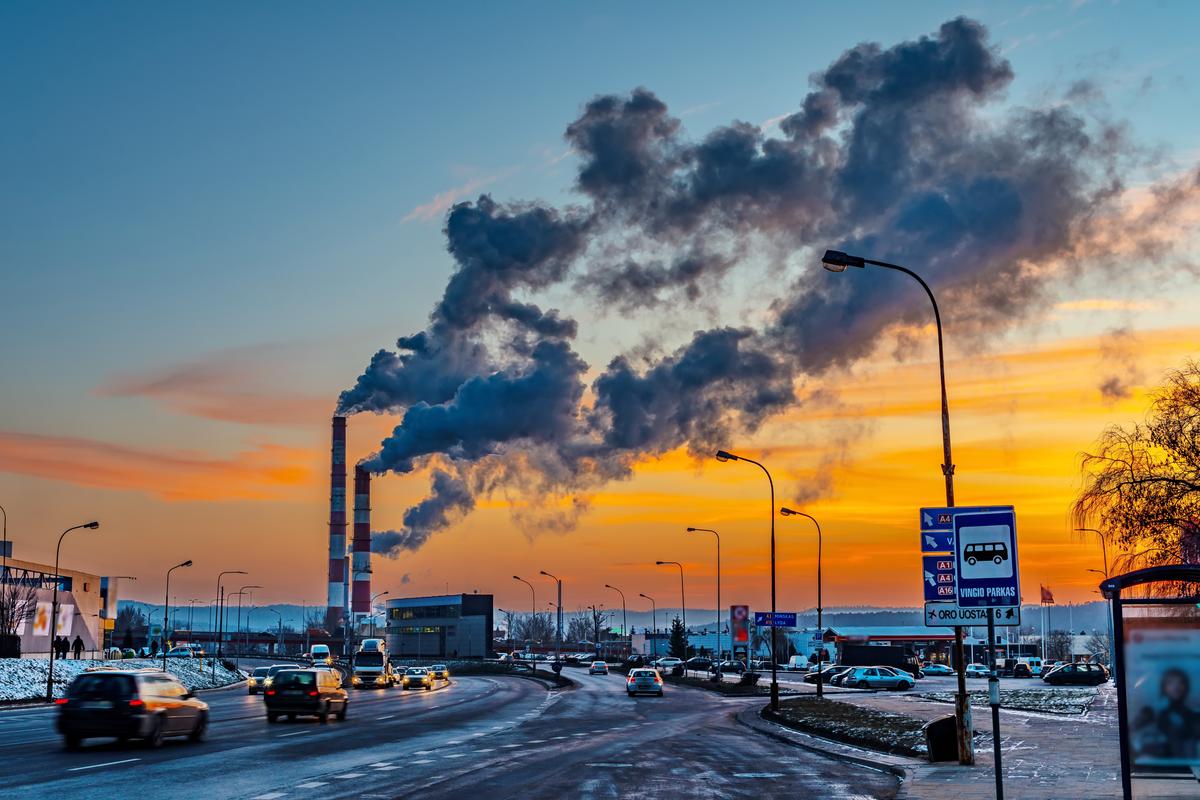
Smoke from industrial pipes
| Photo Credit:
Getty Images/iStockphoto
As Ritchie points out, the world has earlier found solutions to daunting environmental challenges such as acid rain and ozone layer depletion. Air pollution causes up to 9 million deaths every year; but first London and then Beijing have shown that clean air can be achieved. In 1900, the U.K. and the U.S. emitted 10 and 14 tonnes of emissions per capita. Peak world emissions per capita were 4.9 tonnes in 2012; since then, they are falling.
Impact on growth
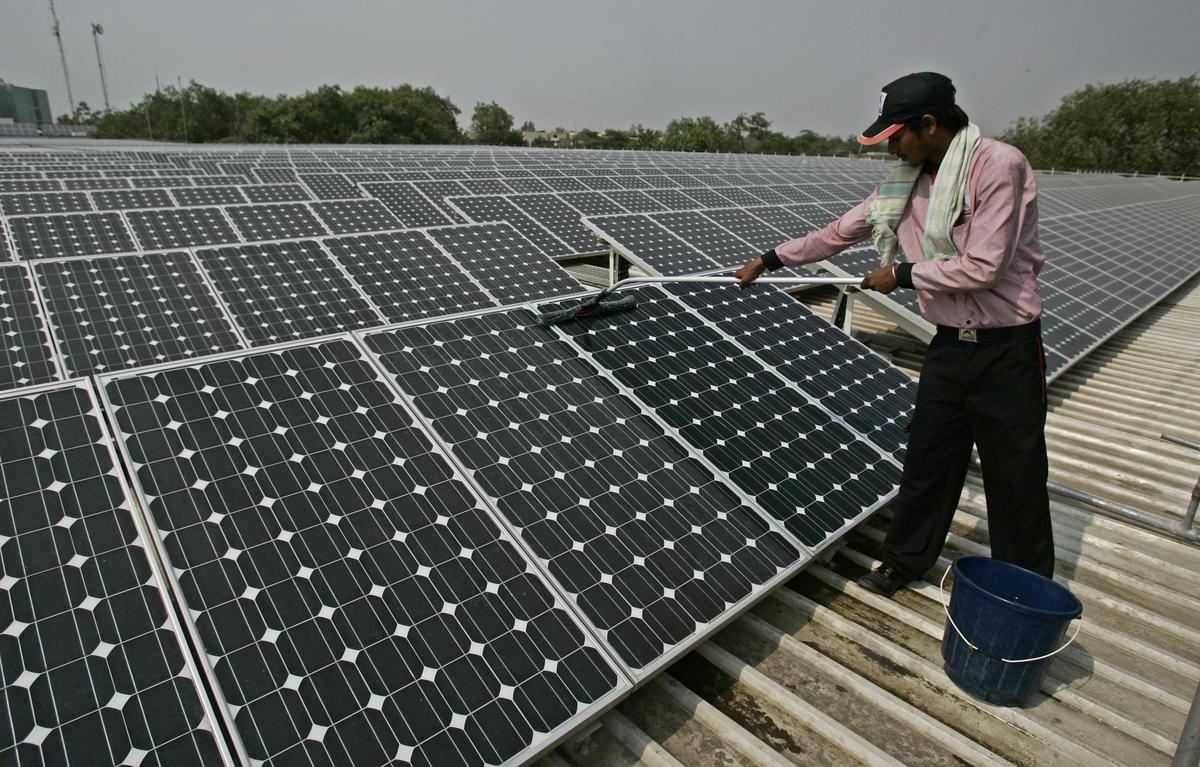
Solar panels
| Photo Credit:
Getty Images/iStockphoto
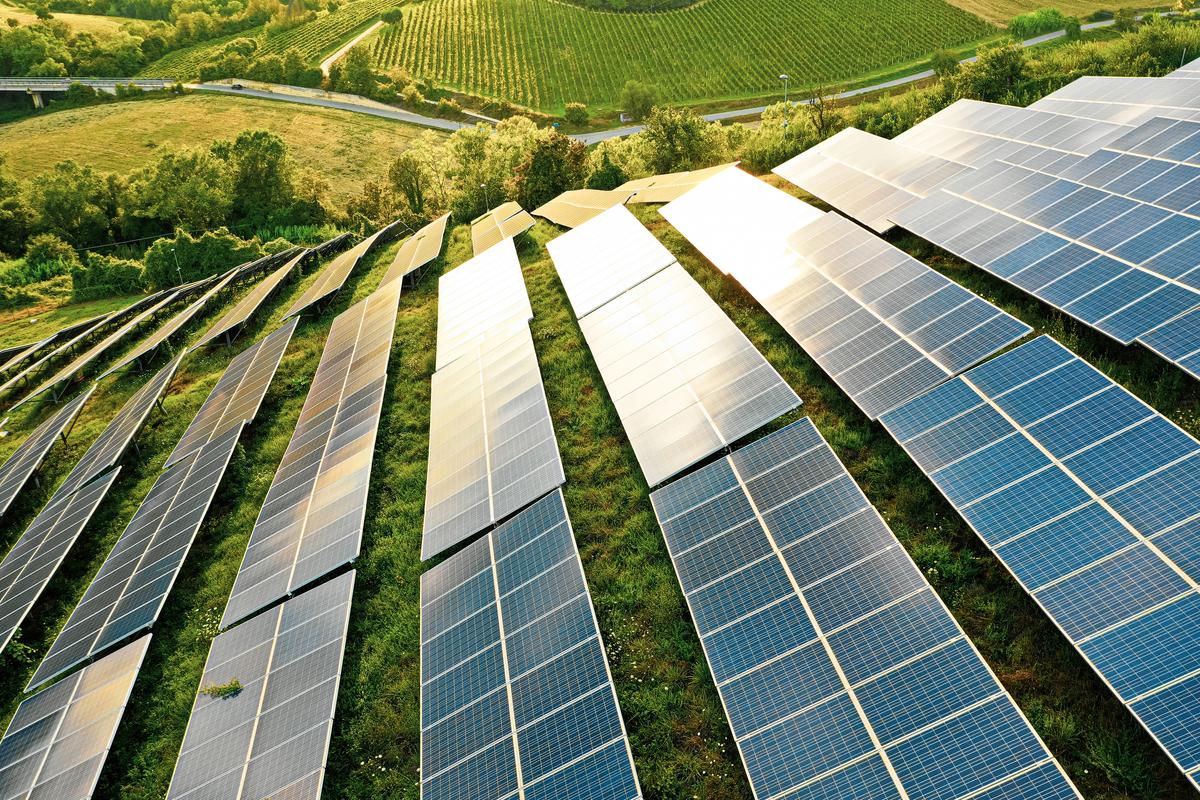
Solar energy
| Photo Credit:
Getty Images/iStockphoto
Technological changes can greatly reduce the carbon footprint. Ritchie notes that domestic and consumption-adjusted emissions can fall without slowing economic growth. While historically, energy transitions have taken decades, recently the levelised costs of different energy options have dramatically reduced. In a dramatic example, solar panels were hugely expensive in the 1960s, but survived as the only option in outer space for satellites. Now they are cheap and ubiquitous. In terms of Moore’s Law, better technology leads to falling prices — which can let countries leapfrog to affordable clean energy without taking the fossil fuel route. Low carbon can be the economic choice.
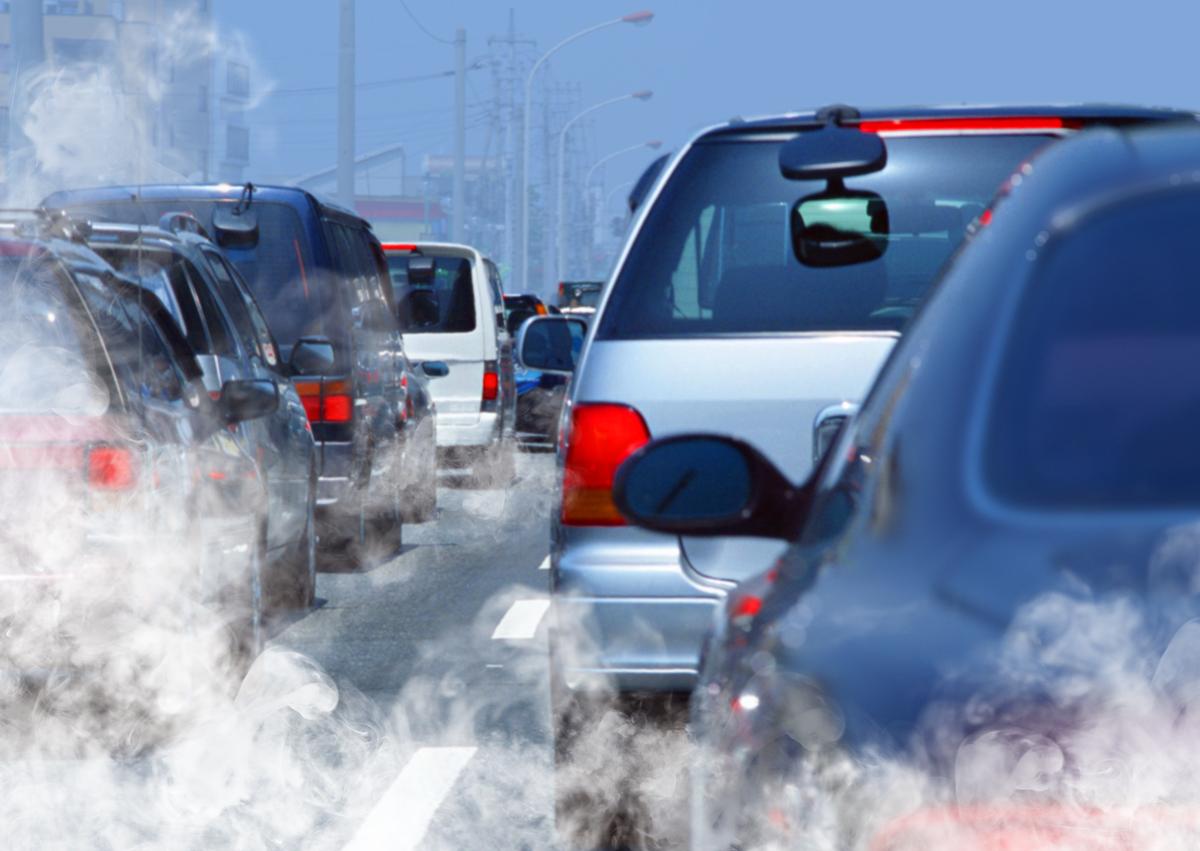
Greenhouse gas emissions from vehicles
| Photo Credit:
Getty Images/iStockphoto
Across the world, policy action has led to change. People’s action has led 127 countries to commit to net zero. Transport contributes a sixth of greenhouse gas emissions. In 2022, 14% of cars sold globally were EVs. Two years prior, it was just 2%. Cycling, pedestrianisation, and high-speed public transport can further reduce emissions. Low carbon innovations are still needed for cement, steel, and long-distance transport.
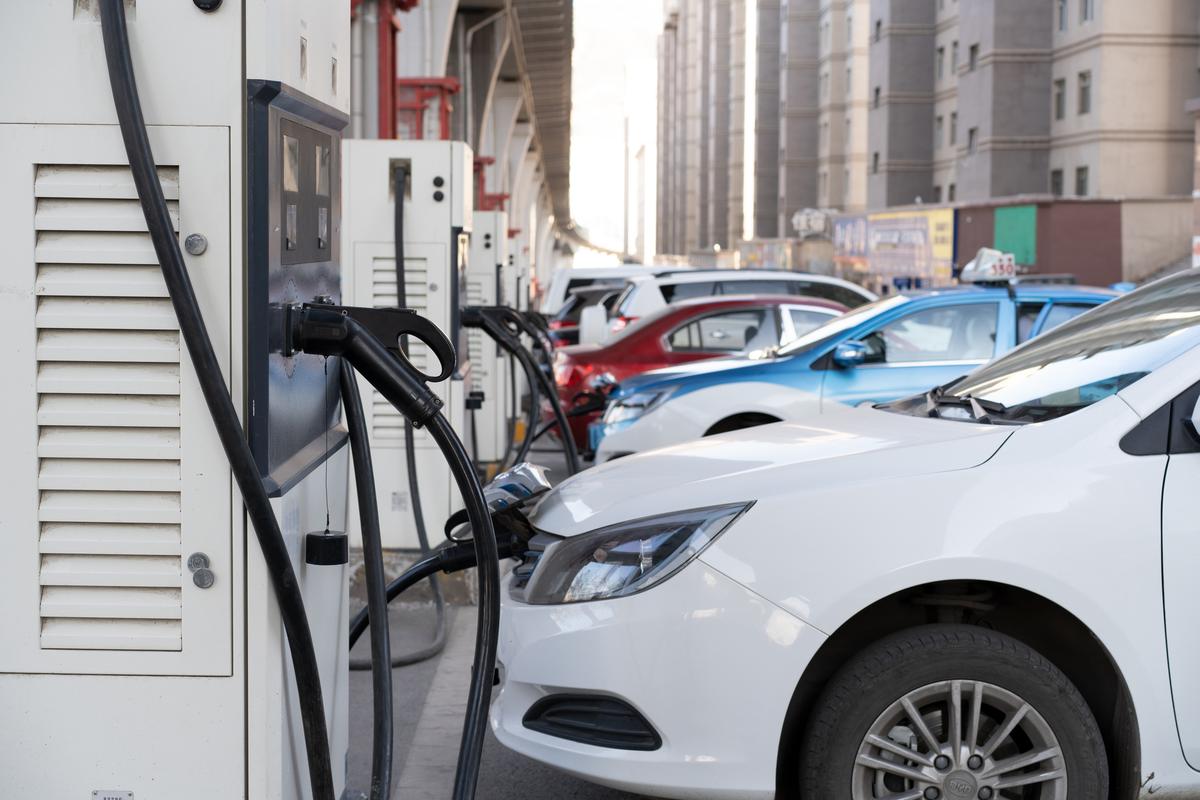
At an electric vehicle charging station
| Photo Credit:
Getty Images/iStockphoto
Ritchie is cognizant of the risks of simplistic solutions. Impactful changes include electric vehicles, car-free choices, better public transport, taking fewer flights, using low carbon energy; supporting refurbishing and circular economy strategies. Adaptation is not a distraction to reducing emissions. Necessary steps include poverty reduction; crop resilience; emergency communications networks; and building climate defence infrastructure.
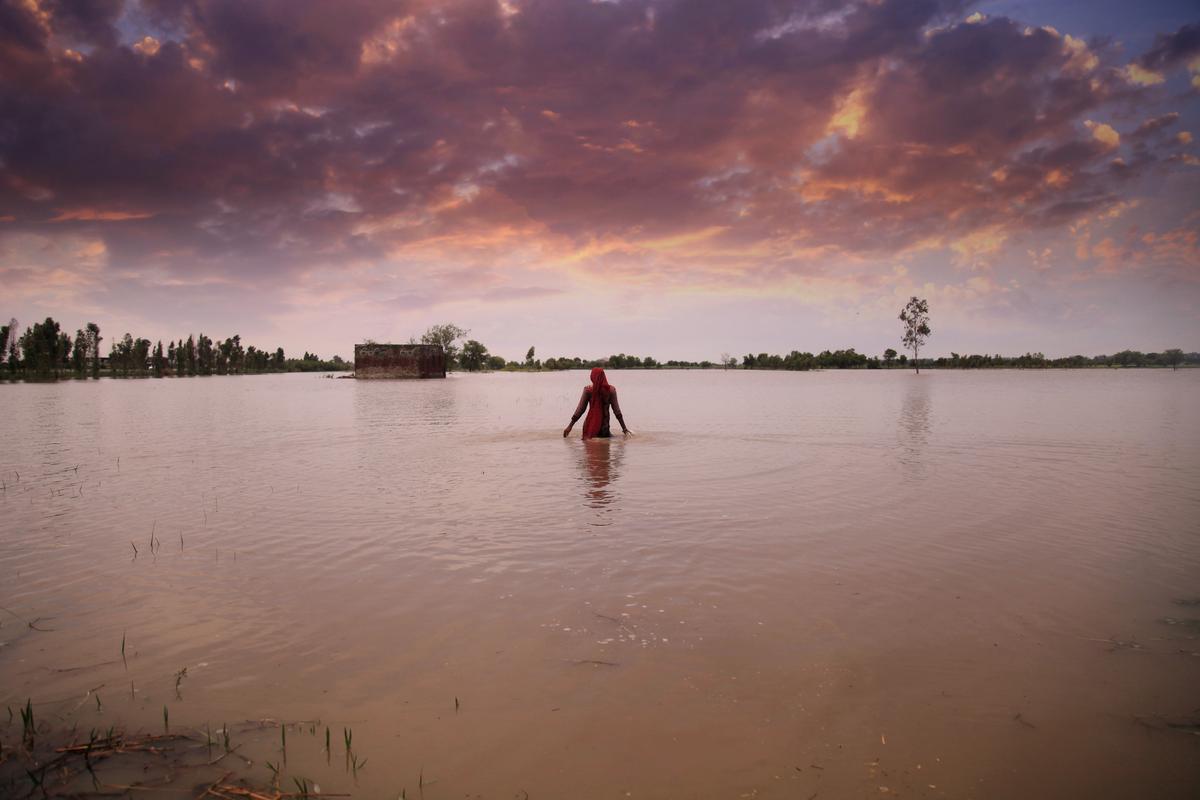
A lone woman farmer standing in her flooded fields.
| Photo Credit:
Getty Images/iStockphoto
The inequality question
Questions remain in my mind. First, about rising global inequality; second, how much time there is to bring positive change; third, whether rich countries will help poorer regions navigate climate change. For some of the most vulnerable communities in the world, it may already be too late.
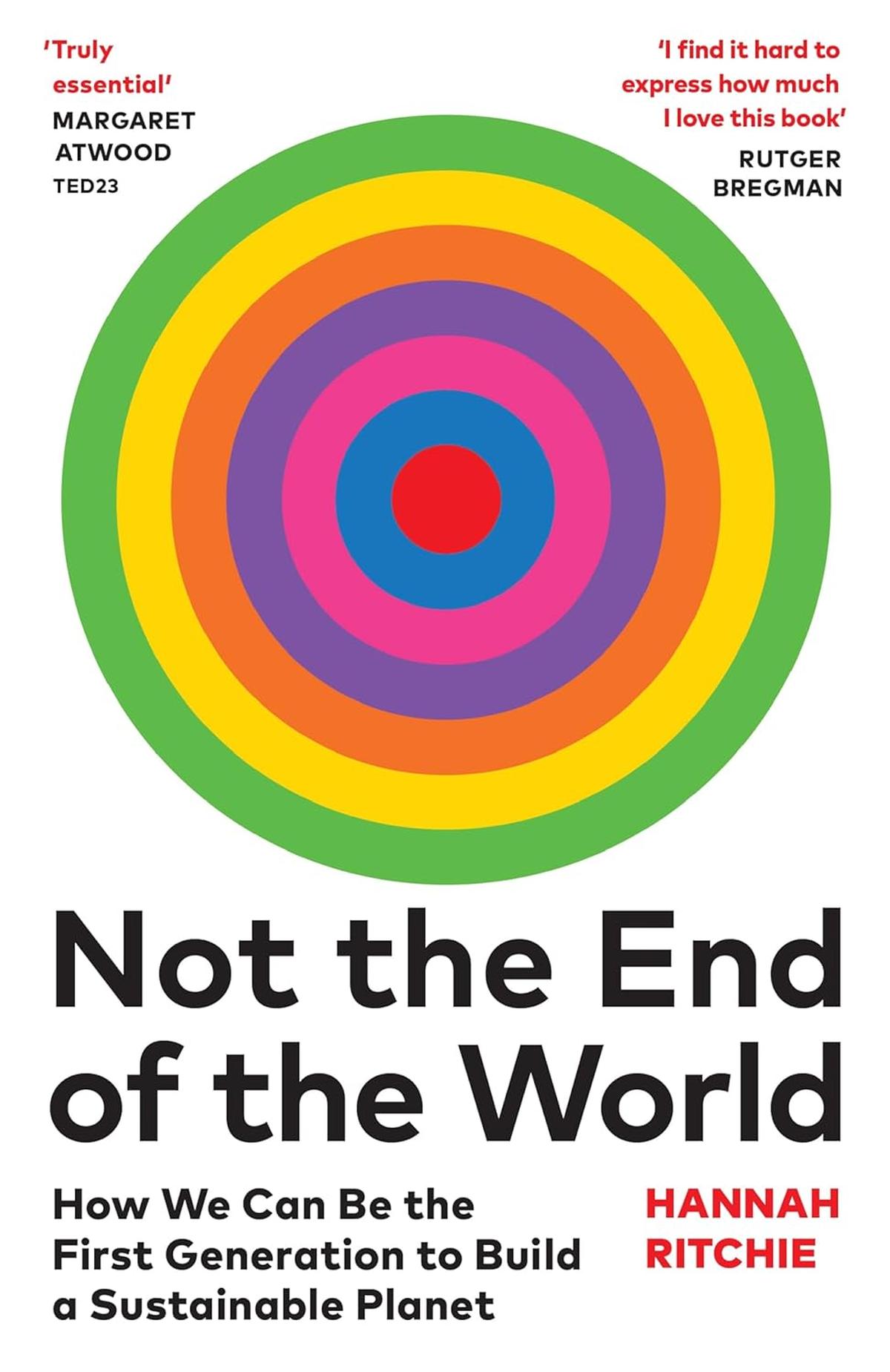
Yet as Ritchie shows, challenges are not insurmountable. Countries can work together to do hard things. Individual and collective choices can influence markets and policy, making the transition easier for others. The goal is to reach net zero not at the last possible moment, but by reducing progressively.
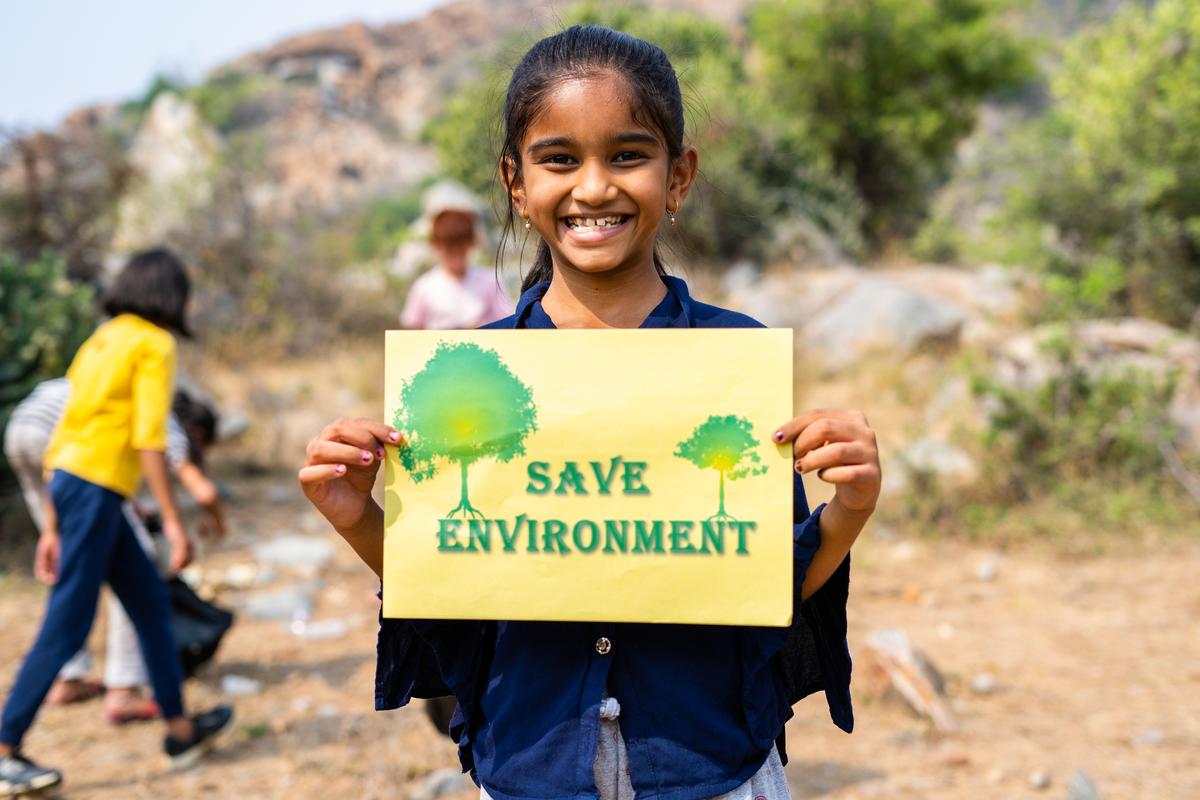
Rising temperatures need not be the world’s destiny. The future can be shaped; it is not futile to care. Climate action makes a difference; policies matter. The cost of not doing anything can be far worse. As Ritchie notes, “In a world without climate policies, we’d be heading towards [an increase of] 4 or 5 degrees Celsius at least.”

Not the End of the World: How We Can Be the First Generation to Build a Sustainable Planet; Hannah Ritchie, Chatto and Windus, ₹1,299.
The reviewer is in the IAS.

